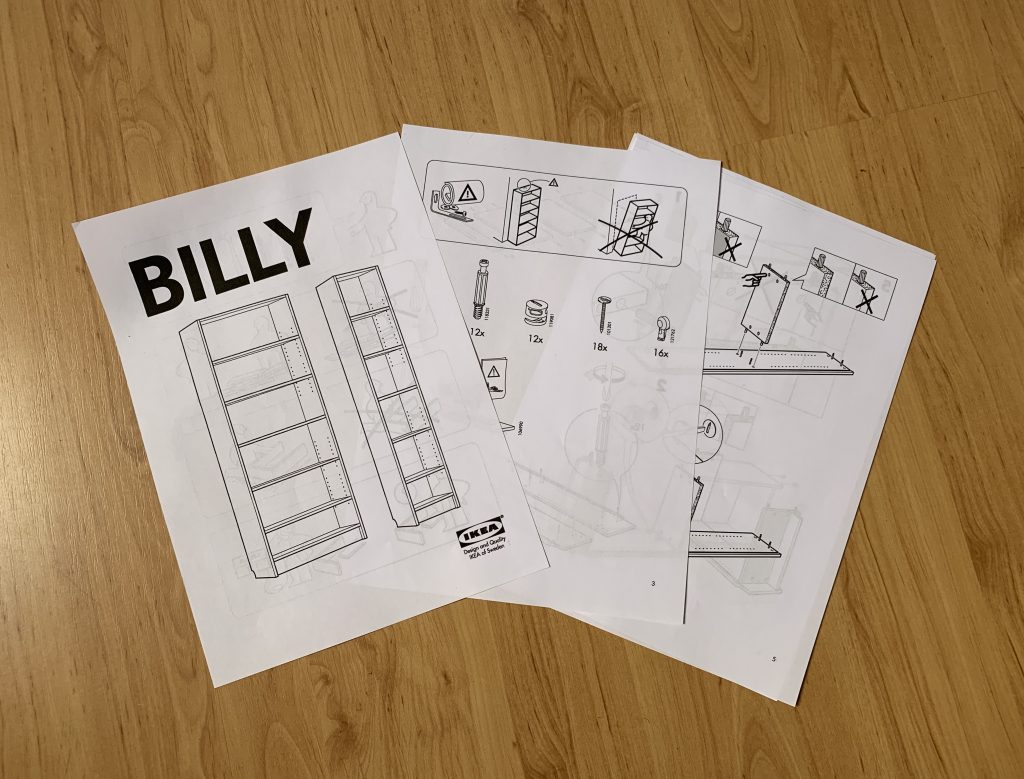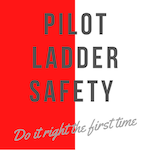For every ship there is at least one, but possibly multiple ways to rig the pilot ladder correctly. Due to the different nature of ship types, designs and loading conditions, there is not one standard way to perform this job.
On many ships the pilot ladder configuration is dependent of the ships freeborn. In loaded condition, a single ladder might be sufficient, in ballast condition a combination ladder might be needed.
The easiest way to ensure the pilot ladder is always rigged in the correct way is by producing a PILOT LADDER RIGGING MANUAL onboard for every ship, or possibly for every class of ships. The document describes how the pilot ladder should be rigged for that specific ship, under various loading (freeboard) conditions.
The purpose of this document is three-fold:
- It ensures the pilot ladder is always inspected and rigged correctly in compliance with various regulations.
- It ensures the right sequential steps are taken to perform the job of inspection and rigging of a pilot ladder, in a safe manner.
- It is a valuable source of information for newly joined crew members who are assigned to perform the task of rigging a pilot ladder. The manual should be so easy to understand, that crew members from anywhere in the world have no difficulty to gather what is expected.
So, is this another way to add more procedures and checklists to the already overloaded deck crew? No. As longs as the format of the PILOT LADDER RIGGING MANUAL is easy to follow and understand for all crew members and officers, it is not. A laminated copy of the document should be available at the pilot boarding area. Also, it can be part of the Ship Familiarization documents for deck officers and ratings.
The Ikea Principle
Q: Why is it that every person can easily assemble a Billy Bookshelf made by IKEA from Sweden?

A: Because the Assembly Manual tells you in pictures, not in words, how to do do the job of putting together the bookshelf. Everybody can follow the easy to follow step by step guide. From the list of parts, to the sequence, to the finished product. It will even show you what safety precautions to take an what the finished result should look like.
Communication by pictures is an easy to follow, universally understood method. Following this principle, a Pilot Ladder Rigging Manual should consist mainly of pictures and very little text. It should contain at least the following parts:
Part 1: Identification of the parts to be used
- Pilot Ladder and/or accommodation ladder
- Man ropes when required by the pilot
- Securing Ropes and the designated strong points
- Magnetic Securing Points
- Heaving Line.
- Lifebuoy with Self Igniting Ligh
- Retrieval Line
- Adequate Lighting
Part 2: Safety precautions to take
- Assign the task to a minimum of two crew members.
- Inspect all items for wear and tear,
- Test the lifebuoy light
- Wear a Lifejacket and (VHF-) Radio
- The use of life lines when working near open gates or over the side
- The communication procedure : how to notify the officer on watch at the commencement and completion of the job
- Confirmation the job has been done according to the manual
Part 3: Step by step procedure
- How to lower the pilot ladder overboard safely
- If a combination ladder is used, what sequence to use for rigging accommodation ladder and pilot ladder
- How to secure the ladder by means of the side ropes
- How to rig the retrieval line
- How to secure the pilot ladder above the waves, awaiting disemabarkation
Part 4: The finished result.
- For every loaded condition: a clear picture of what the finished result should look like
Part 5: The de-rigging procedure.
- How to safely de-rig the pilot ladder and/ or combination ladder
